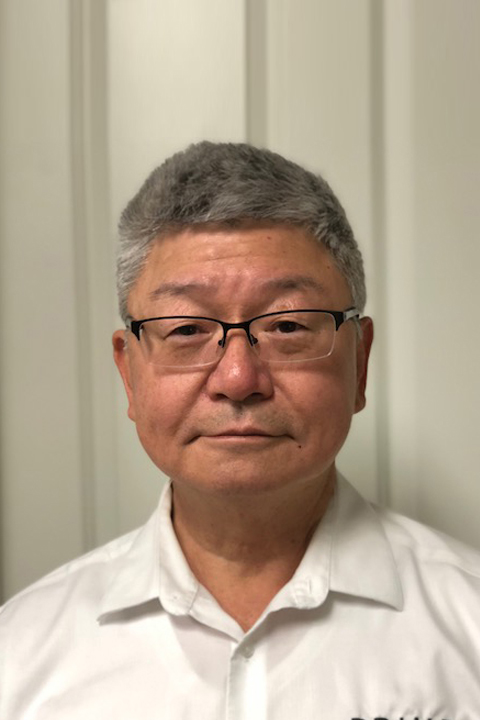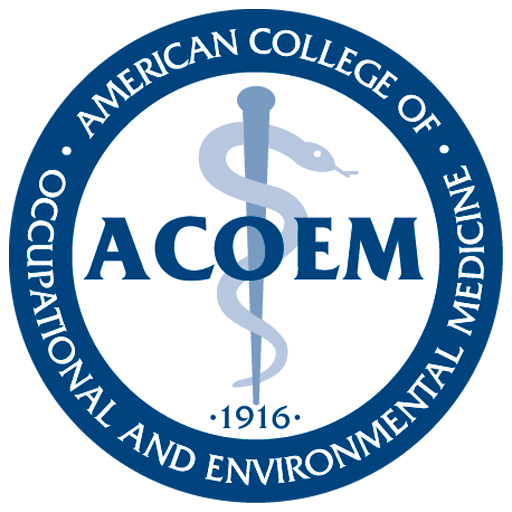
Introduction
, MD, MPH, CIME, MBA, CPAThis guide is an introduction for any health care professional interested in rendering occupational medicine services anywhere in the United States. It was sponsored by the ACOEM Private Practice section and written by 20 contributors—all of them occupational medicine providers; experts in a range of industries, occupational risk areas, and injuries; and members of ACOEM.
Occupational medicine is a subspecialty of preventive medicine that focuses on the interrelationship between the health of workers and their workplaces. Whether providers are embedded in a corporation or contracted to provide services to an employer, or they simply work in a community setting, they often find themselves evaluating and treating conditions related to their patients’ work. Through this basic guide, we aim to share with our primary care colleagues tips and knowledge from our experiences in this field. From recognizing the unique hazards of mining or agricultural work to coaching patients on returning as quickly as possible to work after an injury, we hope that our collective experience will help to broaden others’ understanding of the goals and approaches of occupational medicine.
This guide is particularly designed to help health care providers who juggle multiple roles find the information they need to provide work-related health services to their communities. Many providers, especially in rural areas, find themselves serving both individual patients and the companies or agencies that employ them, whether they are conducting fitness-for-duty evaluations, surveillance, evaluation of work-related injury causation, or treatment. The purpose of this guide is to help providers navigate these dual roles ethically and productively.
We recognize that smaller enterprises in particular—whether businesses or nonprofit organizations and especially in rural areas—can face challenges when it comes to protecting employees’ health and safety. One of the biggest challenges is finding useful information. This short guide cannot cover all workplace risks that employees and their employers face, but one of our aims is to put the provider in the “occupational” mindset, to consider the ways in which employers can accommodate employees’ medical needs within the regulatory environment.
Every workplace is influenced by the culture of the people who work for the enterprise and the community that surrounds it. However, workers everywhere want a safe and healthful workplace, and all employers want a healthy and productive workforce. Often these goals are congruent, although sometimes they are in conflict. We have endeavored to provide a tool to promote health- and safety-oriented culture of cooperation among workers, managers, community, and regulatory authorities.
Since the 1970 inception of the U.S. Occupational Safety and Health Administration, worker injuries and fatalities have plummeted. But there is still much we can do to support our workers’ health and their ability to work safely in the workplace and to mitigate the risk of injury to themselves or their coworkers. Managers have a primary responsibility to follow local, state, and federal laws. Beyond legal requirements, however, every enterprise manager and all workers can benefit from good health and safety practices. Over time, healthy workers and safe workplaces avoid serious accidents, stay efficient longer, keep their best workers, and show greater value.
There should be no doubt that a healthy, motivated, and fulfilled workforce will be more productive than one that is not. Therefore, an investment in the health of the workforce is an investment in the future of the enterprise and the social fabric of our society. Working together, we can promote a safer, healthier, and a more productive workplace.
